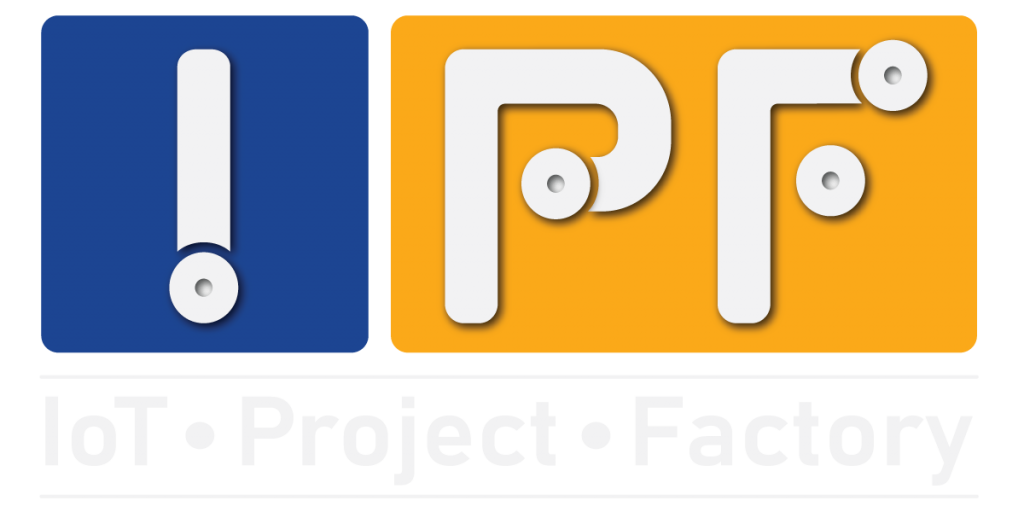The IoT Development Lifecycle encompasses several key stages, each crucial for ensuring the success of your connected project:
Ideation and Planning: This stage involves brainstorming ideas and defining the scope of your IoT project. Identify goals, target users, and desired functionalities to lay a solid foundation.
Design and Prototyping: Here, concepts are transformed into tangible designs. Develop prototypes to validate ideas and gather feedback early in the process. Design considerations include hardware, software, connectivity, and user experience.
Development and Implementation: This stage focuses on building the actual IoT solution. Develop hardware components, firmware, software applications, and backend infrastructure. Integration testing ensures seamless communication between all system elements.
Testing and Quality Assurance: Rigorous testing is essential to identify and address any bugs or performance issues. Conduct functional, performance, security, and compatibility testing to ensure the reliability and robustness of your IoT solution.
Deployment and Integration: Roll out your IoT solution into the real-world environment. Ensure smooth integration with existing systems and devices. Consider scalability, reliability, and ease of maintenance during deployment.
Monitoring and Optimization: Once deployed, continuously monitor the performance of your IoT solution. Collect and analyze data to gain insights into usage patterns, performance metrics, and user feedback. Use this information to optimize and enhance your IoT ecosystem.
Maintenance and Updates: Regular maintenance is crucial to ensure the long-term success of your IoT project. Address security vulnerabilities, software updates, and hardware maintenance to keep your solution running smoothly and securely.
By following these stages of the IoT Development Lifecycle, you can navigate the complexities of IoT projects and deliver innovative, reliable, and scalable solutions to meet the needs of your users and business objectives.


